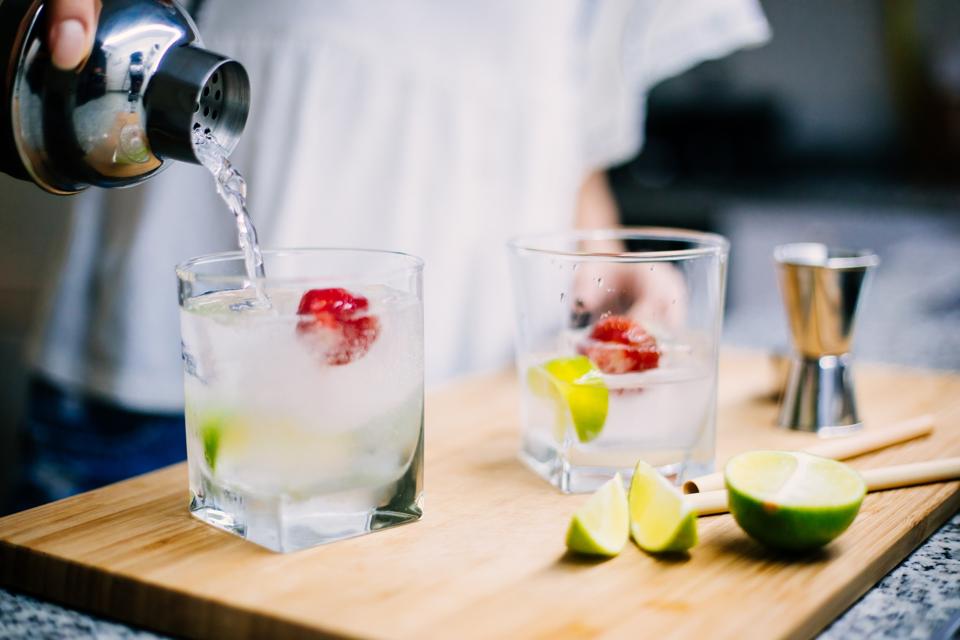Tasting gin is kind of like people-watching at the airport: at first you think everyone’s the same, and then—bam—you notice all the little quirks. One gin smells like a Christmas tree, another like a spice shop, and some will straight-up remind you of that fancy shampoo your roommate won’t let anyone touch.
Whether you’re sipping it neat, topping it with tonic, or just nodding along like you totally “get” the botanicals, tasting gin like a pro isn’t rocket science. Here’s a no-snobbery guide to making sense of what’s in your glass—and actually enjoying it.
Step 1: Look (But Don’t Overthink It)
Quick glance. Most gin’s clear, though some barrel-aged stuff might have a golden tint. If it’s cloudy, you’ll want to check the label— it could be unfiltered, overproof… or just a questionable leftover from last summer.
There’s no need for heavy swirling. A gentle move is enough to wake things up.
Step 2: Smell (A Lot)
This is where gin really shows off. Sniff lightly—nobody wants a nose full of ethanol.
Here’s what usually jumps out:
- Juniper: The must-have. Piney, peppery, resin-y.
- Citrus: Lemon peel, orange, grapefruit zest.
- Herbs: Coriander, angelica, maybe even thyme.
- Florals: Lavender, chamomile, rose. Yes, gin can smell “pretty.”
If it feels like you just cracked open a spice cabinet—in a good way—you’re doing great.
Step 3: Taste (Finally)
Small sip, not a spring break shot.
- First hit: Usually juniper and citrus.
- Mid-palate: Pepper, herbs, or spice might show up.
- Finish: A good gin lingers clean and botanical, like party guests who know when to leave but hang just long enough.
Modern gins sometimes ditch the juniper spotlight for flavors like cucumber, rose, or pepper.
Step 4: Think About Texture
Yes, texture’s a thing. Some gins feel smooth and oily, others crisp and sharp. It makes a big difference in cocktails, especially in a Martini where there’s nowhere to hide.
If you find yourself thinking, “This feels smooth and silky,” congrats—you’re tasting like a pro.
What Flavors to Expect
In general, most gins will either lean classic (heavy on the piney juniper and citrus) or modern (lighter on the juniper, heavier on florals, herbs, or spices).
Some gins smell like a walk through a pine forest. Others might remind you of a sunny herb garden or a spice market on a breezy afternoon. There’s no wrong answer—it’s just about what your taste buds pick up.
If your gin smells like a Christmas wreath, you’re in classic territory. If it smells like you’ve been slapped in the face with a bouquet, you’re probably dealing with a new-school gin.
Bonus: How to Sound Smart About It
Not sure what to say? Steal one of these:
- “Nice balance of juniper and citrus.”
- “The botanicals really pop on the finish.”
- “Love that peppery lift.”
- “Total garden party in a glass.”
Bottom line: tasting gin isn’t about memorizing Latin names or perfecting your swirl. It’s about noticing what makes you smile—and what makes you want another pour.

